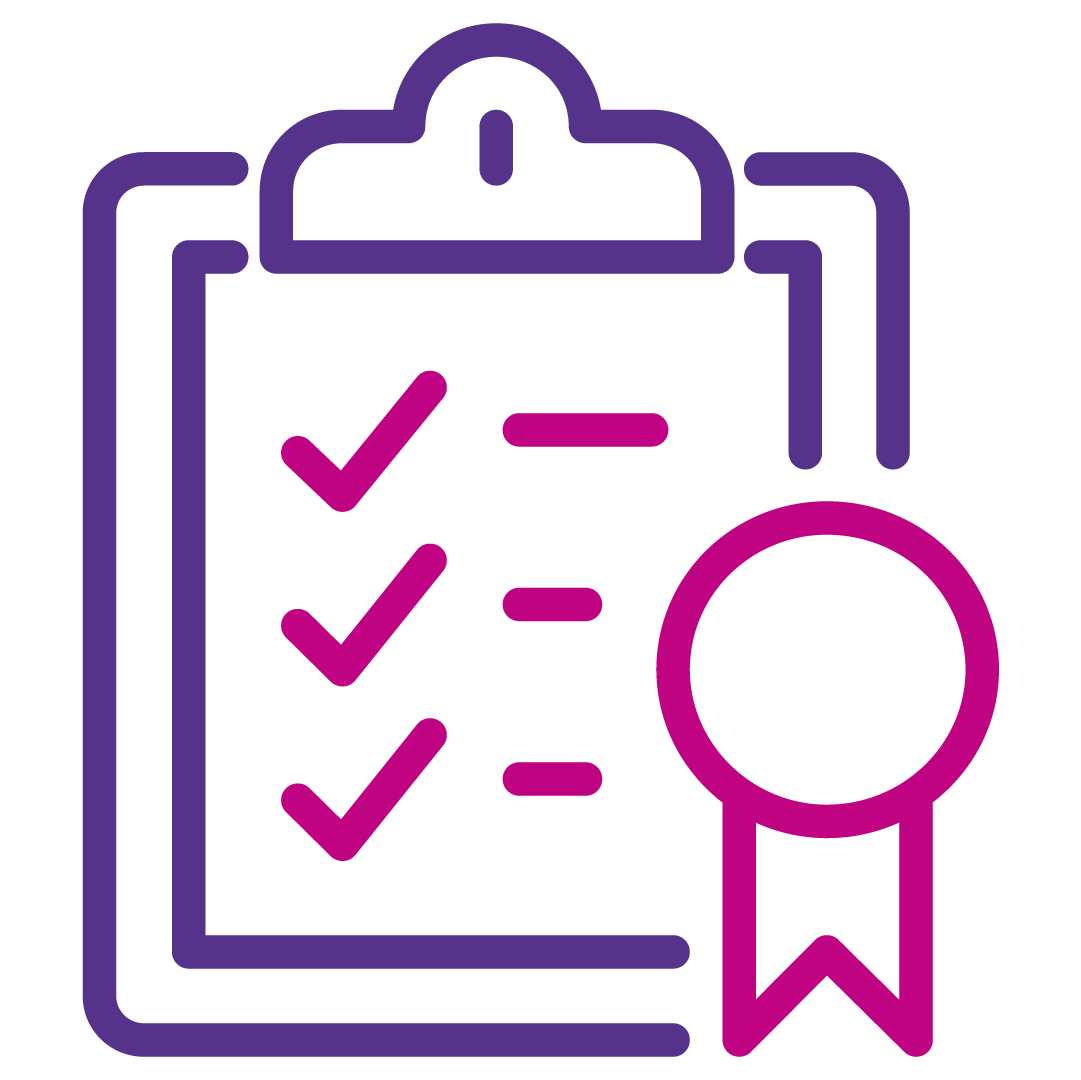10 Signals That Your Lead Is Ready for Sales
Estimated reading time: 4 minutes
One of the biggest challenges in B2B sales is knowing when a lead is genuinely ready for a sales conversation. Spotting the right signals a lead is ready for sales can be the difference between closing a deal and losing one.
At durhamlane, we’ve seen how identifying the right signals helps companies significantly improve their MQL to SQL conversion rates. By paying attention to the cues prospects give – both digital and human- you can time your outreach perfectly and maximise the chances of success.
10 Signals That Show a Lead Is Ready
1. Frequent Website Visits
If a lead is returning to your site multiple times in a short period, it’s a strong indication that you’re front of mind. Especially when those visits are directed at product, case study, or solution pages rather than generic content, it shows intent rather than casual browsing.
What to do: Track their behaviour in your CRM and set up lead scoring to increase their score each time they revisit key pages. This is the moment to send tailored follow-up content (e.g. case studies in their industry) and prepare for a timely outreach.

2. Engaging With Pricing or Demo Pages
A clear buying signal is when someone views your pricing page (if you have one) or requests a demo. According to LoneScale, content interactions like these are some of the strongest predictors of purchase intent.
What to do: Prioritise these leads immediately. If they haven’t already booked time, invite them to a tailored demo or share ROI-focused materials. Sales reps should be alerted in real time when this activity occurs.

3. Downloading High-Value Content
When a lead goes beyond blogs and starts downloading whitepapers, comparison guides, or in-depth resources, it signals they’re moving into evaluation mode. It’s even more powerful when multiple stakeholders from the same company engage with your content – this indicates the buying group is aligning internally.
But not all downloads are equal. Low-value content (like a generic checklist) is the digital equivalent of someone casually browsing in a shop – they’re curious, but not ready to buy. A download of an implementation guide or a competitor comparison, on the other hand, is like someone asking to try something on – it’s a step closer to the till.
What to do: Pay attention to what has been downloaded and by whom. Prioritise follow-up when the content is tied to ROI, comparisons, or practical implementation. Reference it directly in outreach: “I saw you downloaded our guide – would you like to discuss how this would work in your context?”

4. Strong Email Engagement
A prospect who opens multiple emails, clicks links, or replies to your campaigns is showing deliberate engagement. Even better is when they forward your emails to colleagues, which signals internal discussions are happening.
What to do: Escalate these leads for one-to-one outreach. Don’t just continue sending automated nurture emails—pick up the phone or craft a tailored message based on their interactions. This is the time to move from marketing-led to sales-led engagement.

5. Attending Webinars or Events
Webinar registrations and event attendance show that a lead has taken a step further into active research. If they engage in Q&A sessions, download event slides, or re-watch recordings, their buying journey is accelerating.
What to do: Follow up quickly after the event. Reference specific questions they asked or topics they engaged with, and connect them with relevant experts on your team. This demonstrates attentiveness and positions you as a partner rather than just a vendor.

6. Asking Specific Product Questions
When conversations shift from “what does your product do?” to “how would this integrate with our existing system?” or “what’s your onboarding timeline?”, the buying intent is clear. Often these questions come alongside what feel like objections – queries about pricing, effort, or suitability. But objections are just another way buyers test the value of your solution.
What to do: Treat objections as buying signals. Equip your sales team with case studies, integration documents, and testimonials to handle them confidently. When prospects ask questions that test your value, it means they are picturing your solution inside their business. That’s the perfect moment to lean in.

7. Decision-Maker Involvement
If senior stakeholders or budget owners join calls, it’s a sign your solution is on the buying agenda. This is when your sales team should be ready with tailored value messaging.
What to do: Adjust your approach. Senior stakeholders care less about features and more about ROI, risk reduction, and strategic value. Arm your reps with high-level messaging and proof points to address their priorities.
8. Investment and Value Discussions
It’s easy to talk about “budget” and “timelines” from a sales perspective, but buyers don’t think in those terms. They’re really asking: How much investment is required? How long will it take to set up? What is the process? How much effort will this take from me and my team? And most importantly, when will we see value?
When a prospect starts voicing these kinds of questions, they’re signalling serious intent. They’re no longer comparing options – they’re trying to understand what adoption would look like for them.
What to do: This is your cue to shift into practical value conversations. Share a clear roadmap of implementation, outline the customer support you provide, and quantify time-to-value. Make the process feel manageable and the return tangible.

9. Technology or Organisational Changes
Signals such as a new CRM rollout, funding rounds, or hiring sprees indicate that a company is preparing for growth and may need new solutions. These contextual changes create a prime window to engage.
What to do: Use intent data tools to track these signals and align your outreach with their context. For instance, if they’ve just raised funding, frame your messaging around supporting growth and scalability.
10. Momentum in the Conversation
The final and often most telling signal is momentum. It’s not simply that a lead replies positively – it’s the pace and progression of the dialogue once contact is made. Do meetings get scheduled quickly? Do they bring colleagues or decision-makers into the conversation? Are next steps agreed without hesitation? That kind of forward movement shows your solution is being prioritised internally.
What to do: Capitalise on the momentum. Keep the cadence tight and ensure every touchpoint adds value. Deals with momentum are the ones that close fastest; your job is to fuel that energy, not let it stall.

In Short… How to Act on These Signals?
If there’s one KPI I encourage every sales leader to anchor on, it’s the conversion of meetings delivered into qualified opportunities. Recognising these signals is only half the battle – the key is what you do with them.
- Map them in your CRM and use lead scoring to quantify readiness.
- Set up alerts when a high-intent signal happens, such as visiting the demo page or downloading a pricing guide.
- Personalise outreach based on behaviour.
- Prioritise sales time on leads who exhibit multiple signals, not just one.
As we outlined in our blog on improving MQL to SQL conversion, clear processes between marketing and sales make it easier to act quickly and consistently.
Spotting when a lead is truly sales-ready doesn’t have to be guesswork. By monitoring these 10 key signals, you can prioritise the right leads at the right time, reduce wasted effort, personalise conversations for higher impact, and improve your MQL to SQL conversion rate.